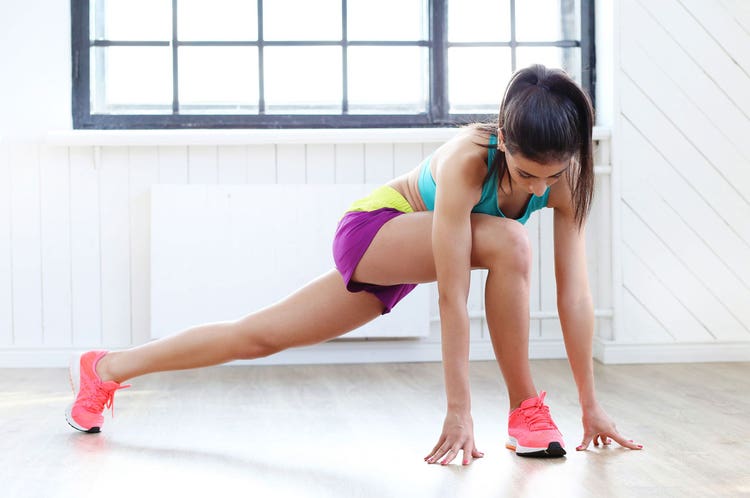Fascia and the Shape of Things to Come

Biotensegrity is the balance of compression forces (from bones) and tension forces (from fascia) within our bodies that make us greater than the sum of our parts. Fascia is the collagen- and water-packed connective tissue that surrounds every part of us, and plays a role in everything from smiling to sprinting.
Since we seem to be made mostly of fascia, “getting in shape” takes on greater significance, and it follows that healthier fascia equals healthier us. To encourage healthy fascia, our workouts need to include three simple changes.
1. Different Directions
This is the biggie. Repetitive movements cause our fascia to bulk up. And while excess fascial layers are associated with stiffness and pain, this teaches us that new fascial tissue will form where it is stressed. So, what if we used stress without the repetition? Moving in multiple directions does just that. It creates stress in all directions to generate tissue that is robust from any angle.
In practice, lunges are a great place to start. We can lunge forward, backward, to the side, and out on the diagonal. We can do walking lunges, add reaches with the arms, or twist our upper body – the possibilities for adding variety are endless.
2. Different Speeds
When we jump onto a box, or sprint down a track, the elastic properties of fascia help us move explosively. Fascia responds to rapid movement by increasing its elastic ability to stretch and snap quickly back into shape. Slow and sustained movement, on the other hand, encourages plastic deformation of the fascia. That is to say, the tissue starts to adapt to the position it’s held.
These properties of fascia mean that we can increase our mobility by stretching out layers of fascia that are causing tightness. We also can vary speeds in our workouts to lengthen out tight areas and improve elastic function.
3. Different Weights
Most workouts already incorporate variations in weight – usually by increasing weight as we are able to lift more. But for our fascia, it means changing the way we use weights, too. Consider the various tools we can use to add weight: each tool has a different grip, center of mass, and pattern of resistance. A dumbbell, barbell, medicine ball and kettle bell each affect our bodies differently, even if they all weigh 45 pounds. Resistance bands, cable stacks, suspension trainers, and body-weight workouts also change how we use our bodies to resist force.
Variations in direction, speed and weight are most powerful when we manipulate them together. Moving in multiple directions with additional weight, or load, strengthens our control of fascia’s tension forces. Moving loads at different speeds challenges the elastic component of fascia. Slow, multi-directional movement allows our fascia to lengthen, increasing our mobility.
Getting It Just Right
It’s essential that we get the right “dosage” of stress for robust and healthy fascia. Too much, and we’ll get injured. Too little, and we won’t fortify the tissue. To get to the right amount of stress, start learning a new multi-directional movement with a light weight, and move slowly until you get the hang of it. As you get stronger in the pattern, you can increase the weight and speed.